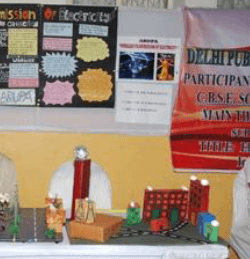Project Name:Wireless Transmission of Electricity – “ARUPA” Theme : Industry Title: Wireless Transmission of Electricity – “ARUPA” Objective/Aim: To investigate the viability of wireless power transmission Scientific Principle Involved: …
Project Name: Effluent Treatment System Project Theme: Industry Aim: To make use of creative and modern biotech methods and standard methods to create a low cost Effluent Treatment System. …
Diabetes Mellitus Diabetes mellitus (often referred to simply as diabetes) is a group of metabolic diseases characterized by high blood glucose levels. The term comes from two Greek words: …
Lactose Intolerance Lactose intolerance is a common digestive problem where the body is unable to digest lactose, a type of sugar mainly found in milk and dairy products. The …
Insulin vs. Glucagon Normally, blood glucose concentrations in human blood should range between 70-110 milligrams (mg/ml). Insulin and glucagon operate in an antagonistic (opposing) manner. The result is a …
Insulin and Glucagon Control of Blood Glucose One of the most important and tightly regulated responses in the human body is the concentration of blood glucose (blood sugar). Glucose …
Regulation While most steps in gluconeogenesis are the reverse of those found inglycolysis, three regulated and strongly exergonic reactions are replaced with more kinetically favorable reactions. Hexokinase/glucokinase, phosphofructokinase, and …
Entering the Pathway Several non-carbohydrate carbon substrates can enter the gluconeogenesis pathway. One common substrate is lactic acid, formed during anaerobic respiration in skeletal muscle. Lactate is transported back …



